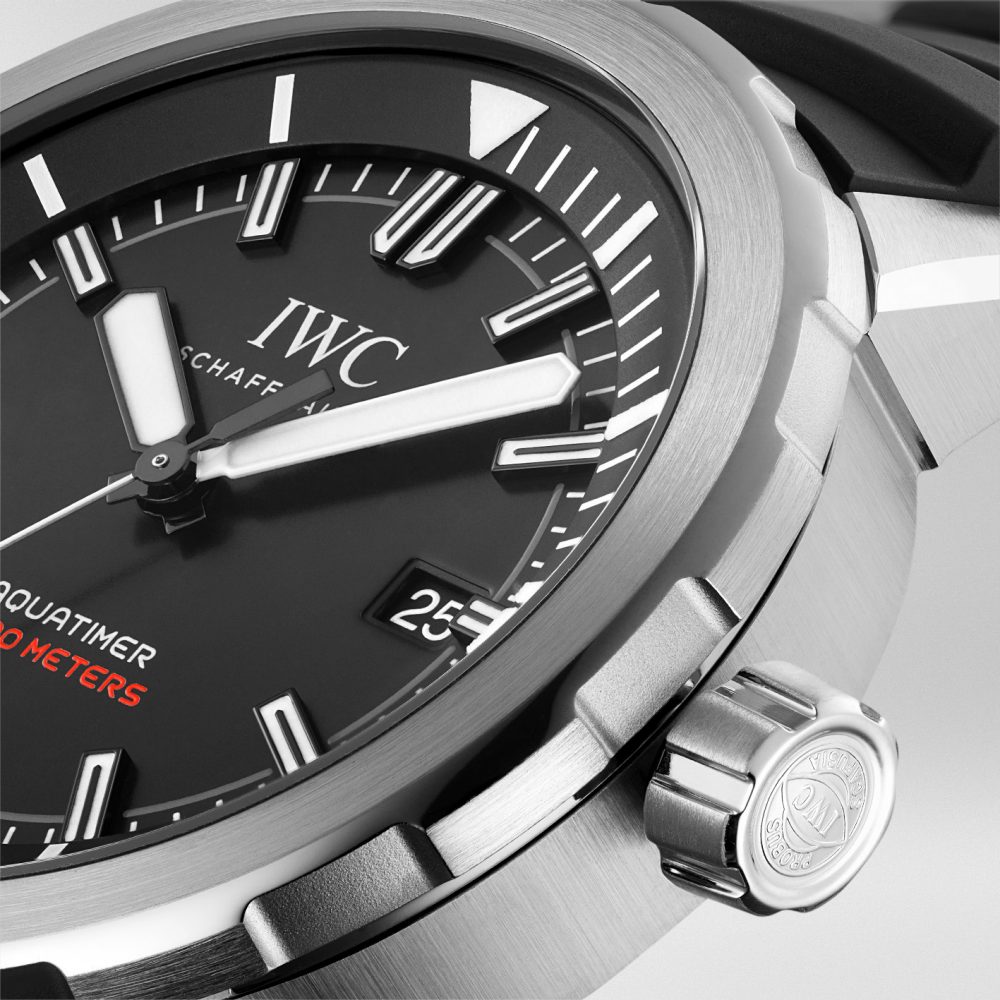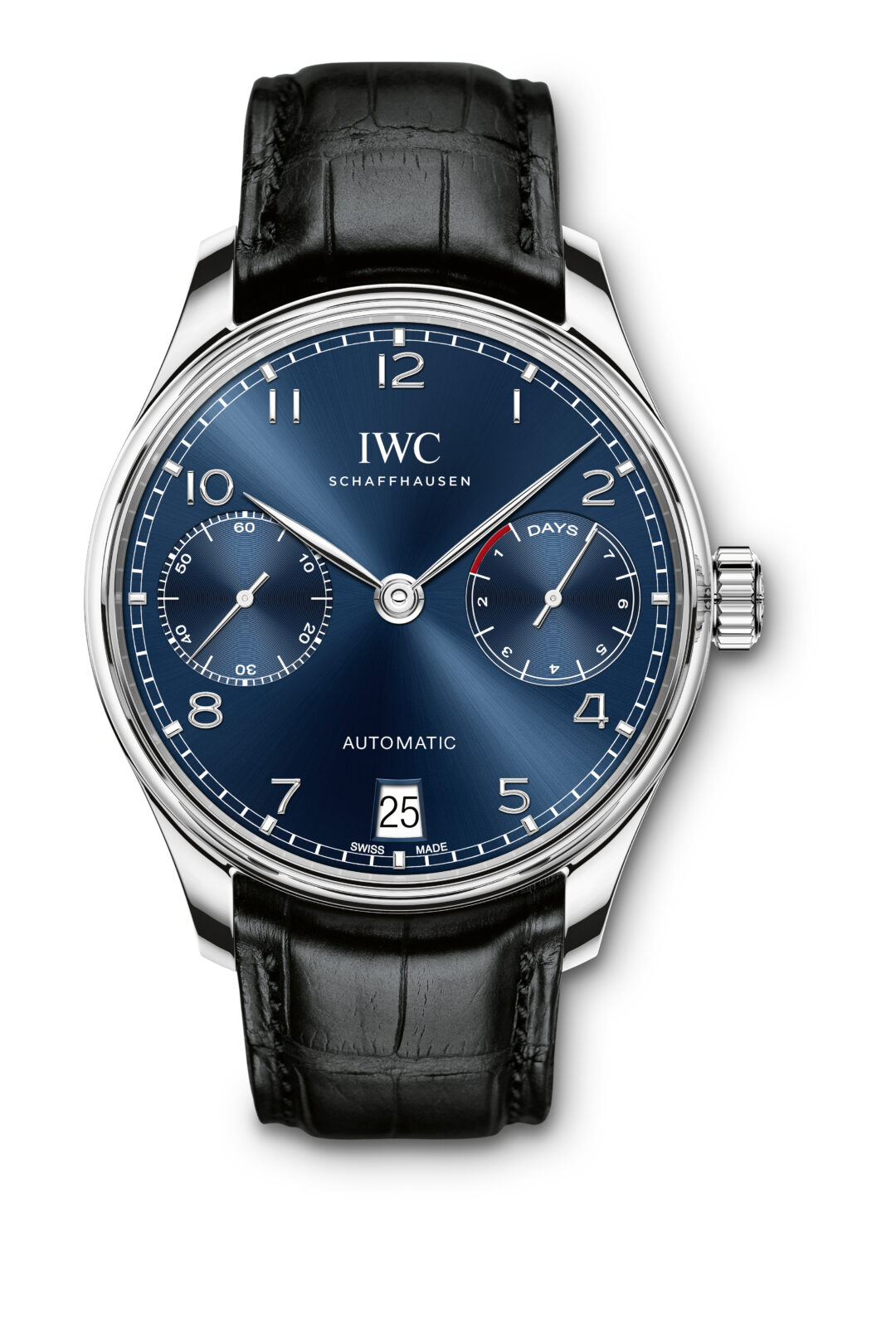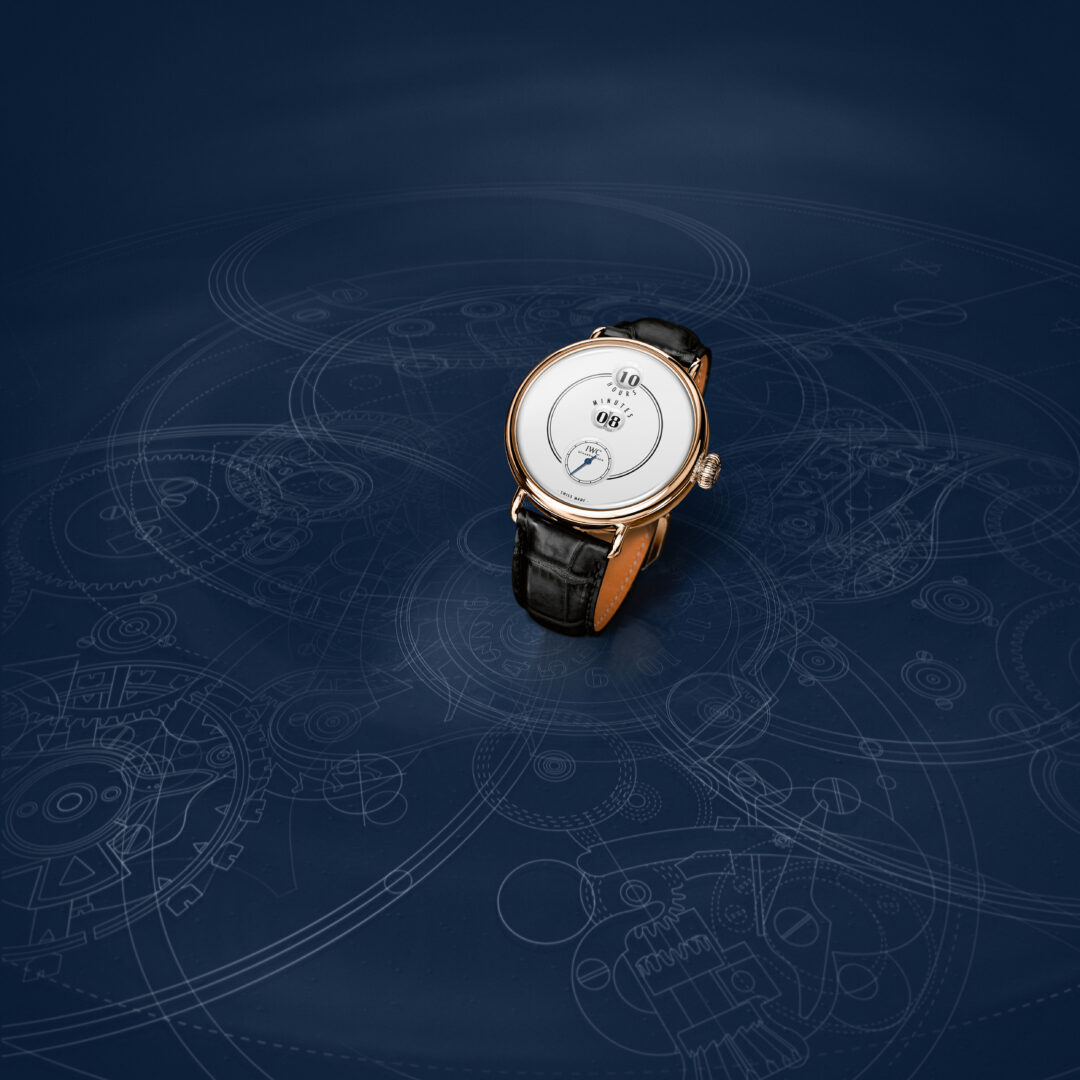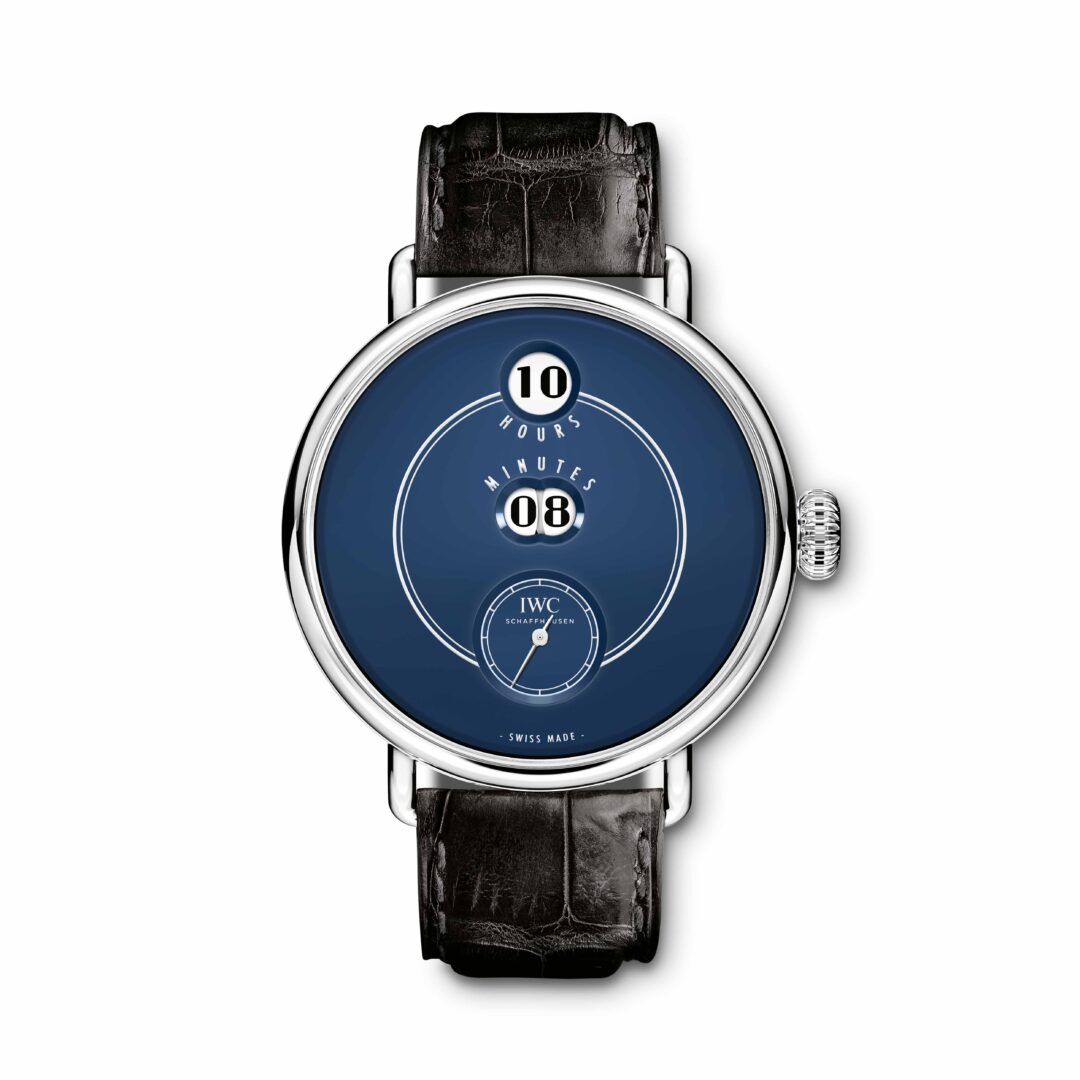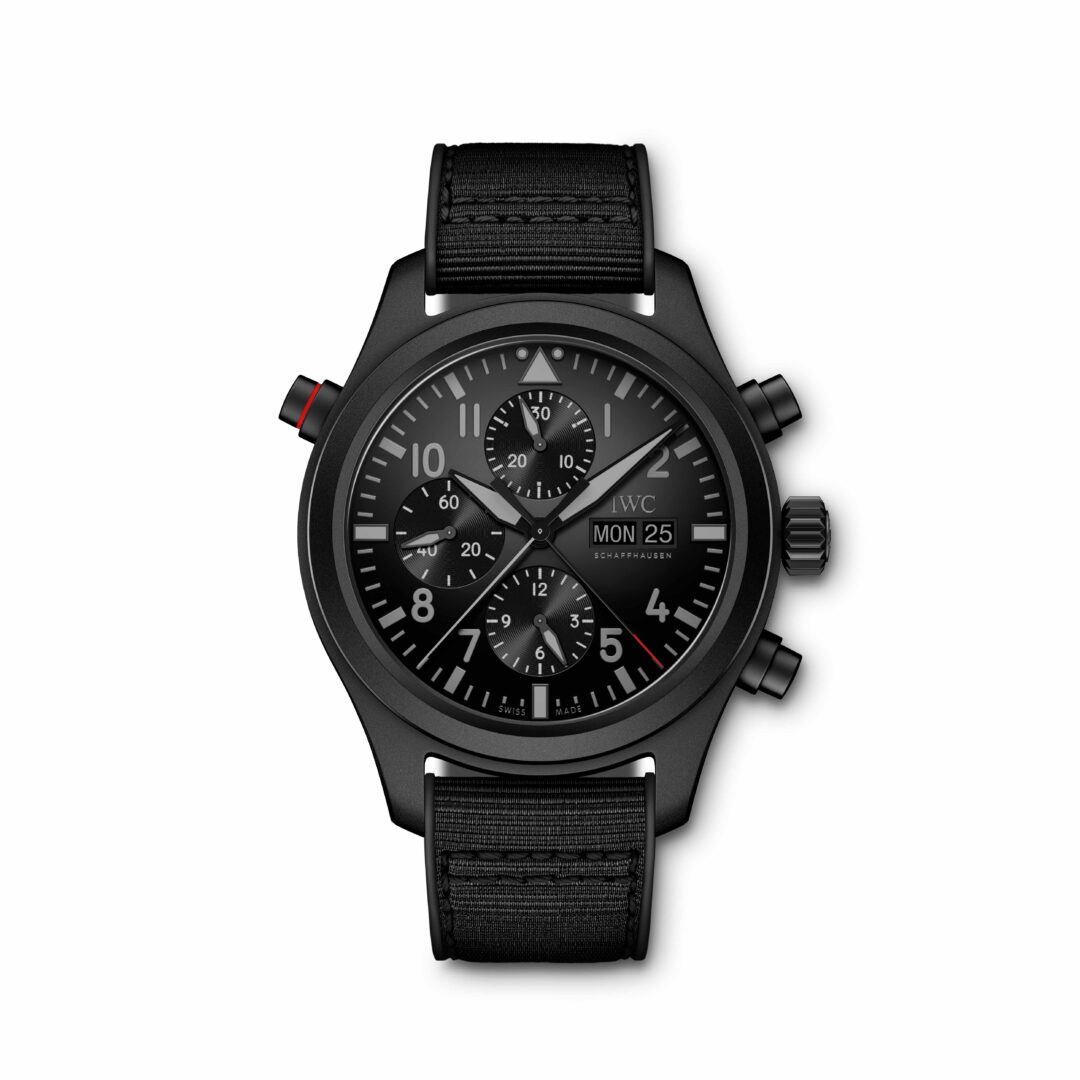My friends know that I have a special relationship with IWC. I love my ridiculously unreasonable Portugieser Jones that shows hours minutes and small seconds on a sober white dial. The beating heart of the hand wound IWC98290 caliber (designed to mimic the original Jones pocket watch movements) is a huuuge screw studded balance wheel oscillating at prehistoric 2.5Hz and you are lucky to get 40 hours power reserve of the main barrel. But for me it has always represented the essential watch.
I also adore my Aquatimer Split Minute. The unusual complication is incredible useful when I prepare my breakfast eggs. And the little quirk that it will not reset the split minute hand around 37 minutes is a reminder that Schaffhausen’s engineers are humans as you and me.
IWC’s history is fascinating and if you have a chance to visit the museum and the factory in Schaffhausen you should pay a visit. You may argue that there is a lot of marketing buzz around IWC … and you are right. In his days as CEO, Georges Kern basically invented the opulent soirée with an impressive line-up of the friends of the brands. But there is also a team of diligent engineers and watch makers that create some very interesting and elegant watches.
This fame and glamour comes with a price tag. Prices range from around 4’300 to more than 250’000 Swiss Fancs … but this excludes the elusive and exclusive Portugieser Sidérale Scafusia which probably sells well above CHF 500’000. A third of the references have a retail price below CHF 8’000, a third fall between CHF 8’000 and CHF 16’000 and a third are above CHF 16’000. The entry level watches powered by the popular and reliable ETA 2892 Automat and the Valoux 7750 Chronograph (or their Sellita cousins) will set you back CHF 4’000-5’000 for the 3 hands and a date automat or about CHF 5’000-6’000 for the chronographs.
The current collection features some 180 watch models. For those of you who don’t know IWC that well: there are 6 mayor collections. The most prominent are the Portugieser (41 references), the Pilot (40) and the Portofino (48). The others are Aquatimer (16 references), da Vinci (21) and Ingenieur (14). To celebrate its 150’s birthday, IWC introduced the Jubilee Collection that feature watches from the other collections. The most prominent members are the 3 Pallweber watches which revive a popular 19th century design with digital display of hours and minutes. The da Vinci had a stunning rebirth last year when the collection returned with a round case and the brand reminded us of its history of ladies watches.
IWC’s collection is powered by a wide range of movements. The entry level watches use movements based on ETA (A30’000 and A79000 calibers) or the equivalent Sellita movements (A35000 and A75000 calibers). There are more than 80 references using these movement families. The manufacture movements are either produced in-house or come from the group’s movement foundries. The most prominent in-house movement families are the A51000 and the newer A52000 automatic movements, the 89000 chronographs, as well as the H59000 hand-wound calibers. More than 70 references are powered by IWC in-house movements.
Let me know which watches and brands you are missing on the platform … we will go looking for them behind the scenes.
Enjoy the watches!
Olaf Eichstädt
Co-founder and WatchAdvisor’s Chief Data Scientist

